With so many electronics in our homes and offices, power strips have become essential. You might plug one in and forget about it, but is that safe? Leaving a power strip plugged in permanently can be convenient, but it requires understanding the risks and following best practices. This guide explains how to use power strips safely for long-term setups, preventing hazards like overheating and electrical fires.
Understanding the Basics of a Power Strip
Before leaving a power strip plugged in for good, it’s vital to know what kind you have. Not all power strips are created equal. Some offer basic functionality by simply adding more outlets, while others include critical safety features designed to protect your valuable electronics from electrical issues.
Choosing the right type depends on what you plan to connect. For expensive equipment like computers or home theater systems, a surge protector is a must-have. For simple lamps or clocks, a basic strip might be enough.
| Type | Features |
| Basic Power Strips | Simply adds multiple outlets |
| Surge Protector Power Strips | Protects against voltage spikes |
| Smart Power Strips | Includes energy monitoring and scheduling |
| Power Strips with USB Ports | Provides USB charging options |
| Industrial Power Strips | Heavy-duty and designed for tough environments |
A power strip with surge protection is always a better choice for electronics, as it guards against sudden voltage spikes that can cause permanent damage. Features like built-in circuit breakers are also crucial, as they automatically shut off power during an overload, preventing a potential fire.
The Dangers of Overloading a Power Strip
One of the biggest risks of permanent power strip use is overloading. Every power strip has a maximum amount of electricity it can safely handle, known as its load rating. This rating is usually listed in watts or amps on the back of the strip or its packaging.
Exceeding this limit by plugging in too many devices, or high-power appliances, can cause the strip to overheat. This heat can melt the plastic casing and damage the internal wiring, creating a serious fire hazard. According to the National Fire Protection Association (NFPA), electrical distribution equipment, including power strips, is a leading cause of house fires.
Never plug high-power appliances like space heaters, refrigerators, or microwaves into a power strip. These devices draw a significant amount of current and should always be plugged directly into a wall outlet to avoid dangerous overloads.
Guidelines for Safe Permanent Use
If you decide to leave a power strip plugged in permanently, following a few simple rules can dramatically reduce the risks. Proper setup and awareness are key to maintaining a safe electrical environment in your home or office.
Think of a power strip as a temporary solution that requires permanent attention. Its location, the devices connected to it, and its physical condition all play a role in its long-term safety.
Here are some essential guidelines to follow:
- Plug Directly into the Wall: Never “daisy-chain” power strips by plugging one into another. This can easily overload the circuit and is a major fire risk.
- Ensure Good Airflow: Do not place your power strip under a rug, behind furniture, or in any enclosed space where heat can build up. Proper ventilation is crucial to prevent overheating.
- Check the Cord: Make sure the power strip’s cord is not pinched, coiled up, or running through a high-traffic area where it could be damaged.
- Use for Low-Power Devices: For permanent setups, power strips are best used for a collection of low-power electronics, such as computers, monitors, phone chargers, and lamps.
Why Regular Maintenance is Non-Negotiable
Power strips don’t last forever. Over time, their internal components, especially the surge protection elements, can wear out. The typical lifespan of a power strip is around 3-5 years, but this can vary based on usage and quality.
You should inspect your power strips at least every few months for any signs of damage or wear. A quick visual check can help you spot a problem before it becomes a disaster. Look for any discoloration, scorch marks, or a burning smell, as these are clear signs of overheating.
Other warning signs include frayed wires, cracks in the casing, or loose-fitting outlets. If you notice any of these issues, you should stop using the power strip immediately and replace it. Using a faulty power strip is not worth the risk to your home and devices.
Smarter Alternatives to Permanent Power Strips
For situations where you need many outlets in one place permanently, a standard power strip might not be the best or safest solution. Fortunately, there are better alternatives designed for long-term power management.
Upgrading your setup can not only improve safety but also reduce clutter and make your space more functional. Consider installing built-in outlets with more sockets or USB ports. An electrician can replace a standard two-socket outlet with a four-socket version, providing a safer, permanent solution without extra cords.
These built-in options are designed to handle the electrical load directly and eliminate the risks associated with aging power strip cords and components. They are a great investment for home offices, entertainment centers, or kitchens where multiple devices are used daily.
What do the Experts and Safety Standards Say?
When it comes to electrical safety, it’s always best to listen to the experts. Certified electricians and safety organizations generally advise against using power strips as permanent wiring solutions. They are designed for convenience and temporary use.
Always look for a certification mark from a recognized testing laboratory on any power strip you buy. The most common mark in the United States is “UL” (Underwriters Laboratories). This indicates that the product has been tested and meets important safety standards.
If you find that you constantly rely on power strips and extension cords, it’s a strong sign that your home or office doesn’t have enough wall outlets. In this case, the safest long-term solution is to consult a licensed electrician. They can assess your needs and install additional outlets where you need them most, ensuring your electrical system is safe and up to code.
Frequently Asked Questions about Power Strips
How can I tell if my power strip is overloaded?
Signs of an overloaded power strip include the strip feeling warm or hot to the touch, a burning smell, or the built-in circuit breaker frequently tripping. If you notice any of these, immediately unplug some devices to reduce the load.
Can I plug a space heater or air conditioner into a power strip?
No, you should never plug high-power appliances like space heaters, air conditioners, or refrigerators into a power strip. These devices can draw too much current and cause the power strip to overheat, creating a serious fire hazard.
What is the difference between a power strip and a surge protector?
A basic power strip is simply an extension cord with extra outlets. A surge protector looks similar but includes electronic components that protect your connected devices from damage caused by sudden voltage spikes.
How often should I replace my power strip?
It is recommended to replace your power strips every 3-5 years. The protective components inside surge protectors wear down over time, especially after absorbing power surges, so replacing them ensures your devices remain protected.
Is it safe to use a power strip that has no on/off switch?
Yes, it can be safe as long as the power strip is certified by a testing lab like UL and is not overloaded. The on/off switch is a convenience feature that also acts as a circuit breaker on many models, but its absence doesn’t automatically make a strip unsafe.

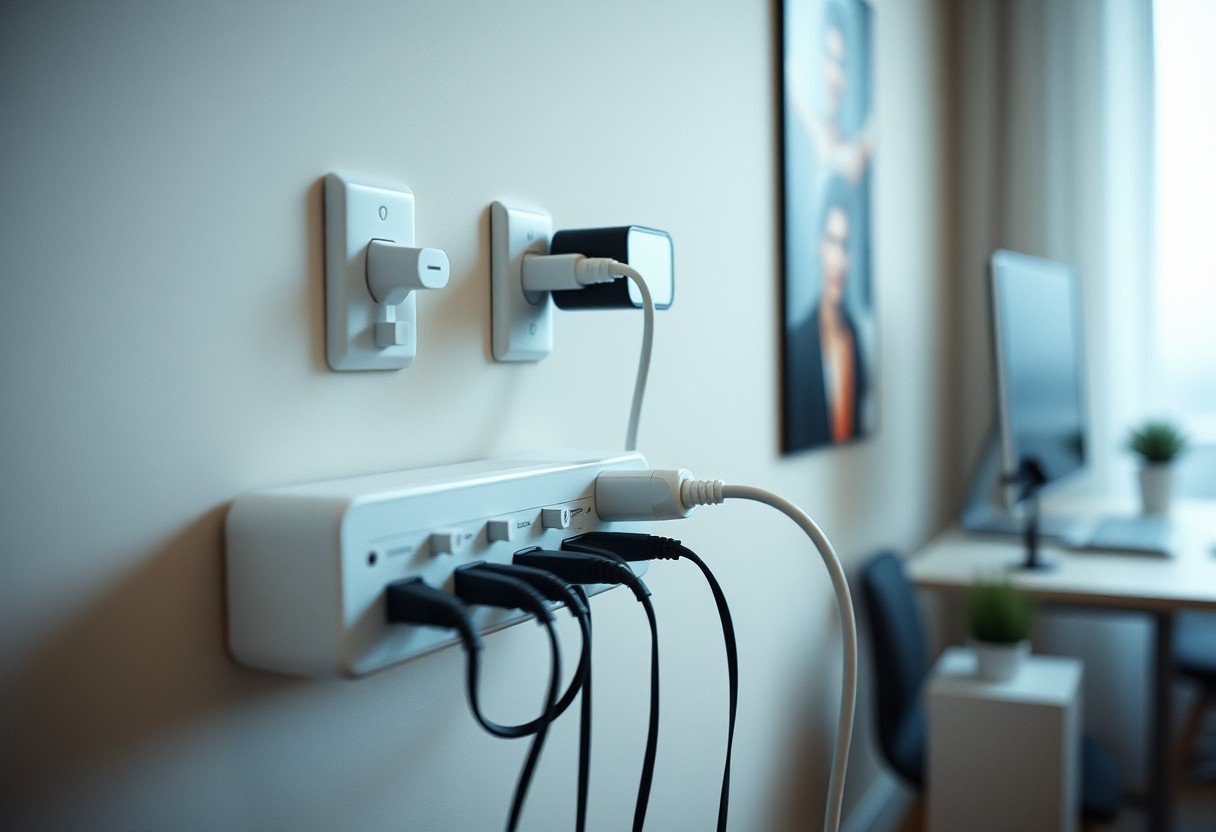
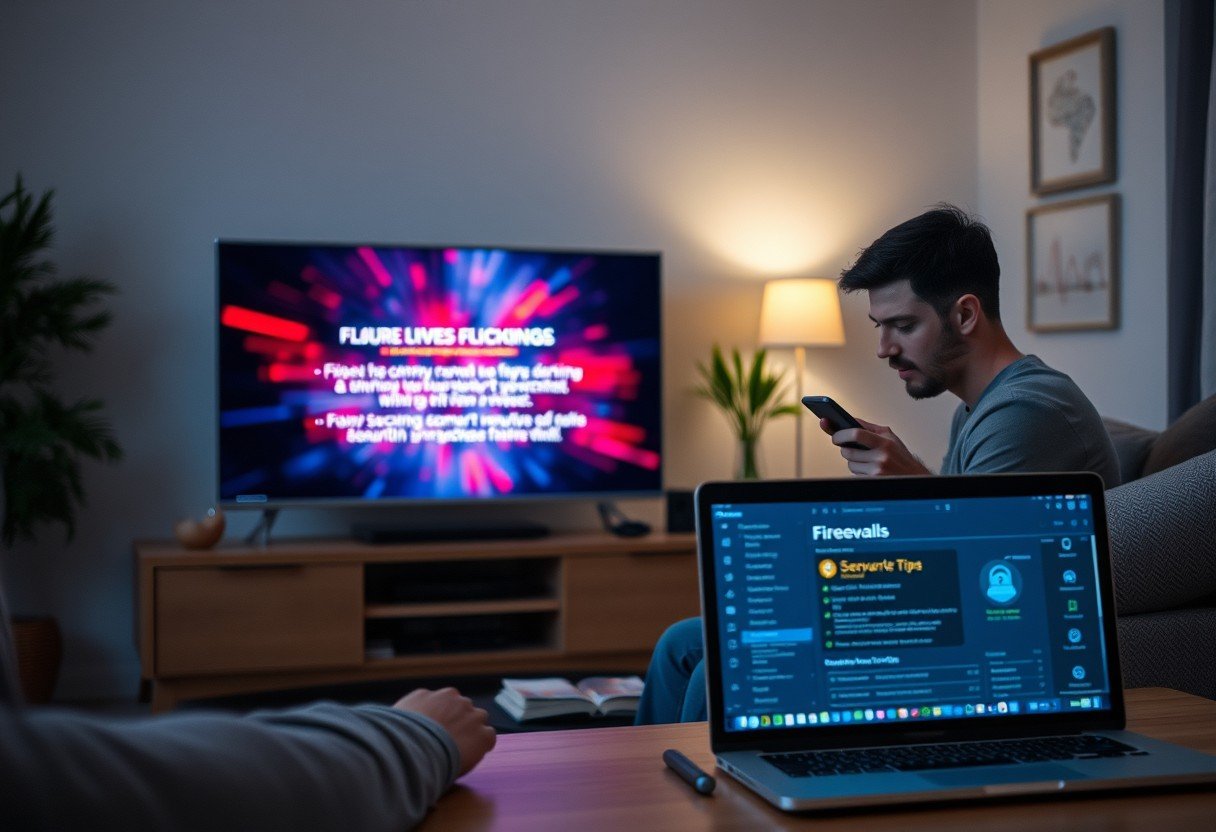
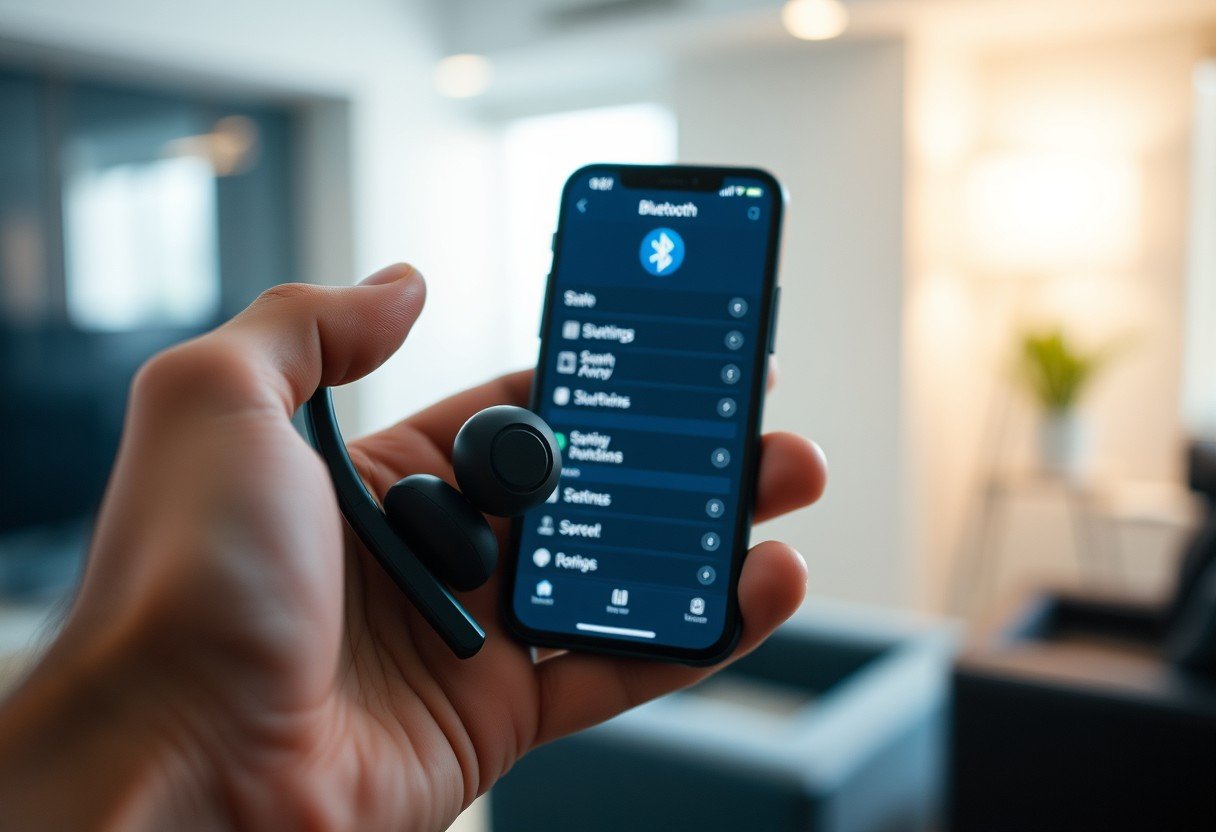

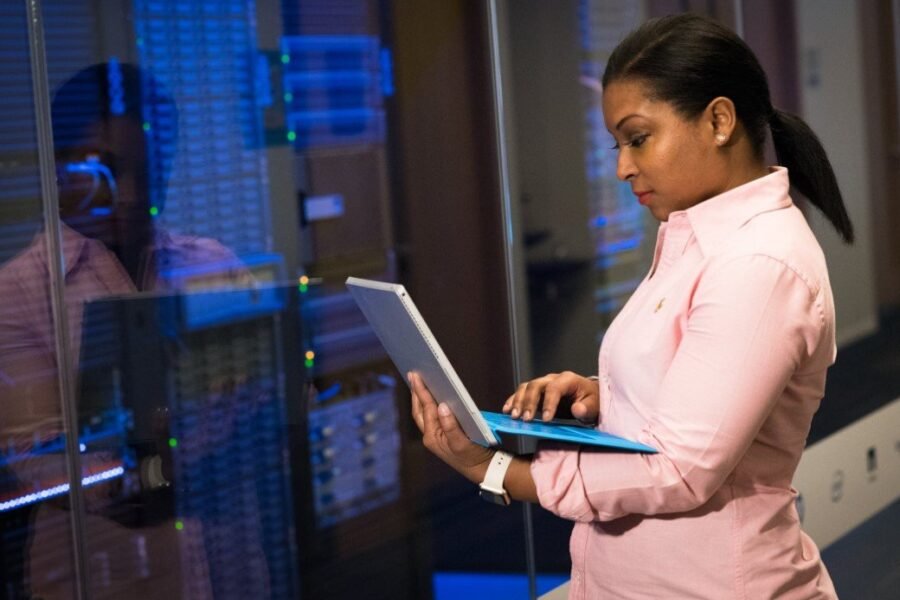
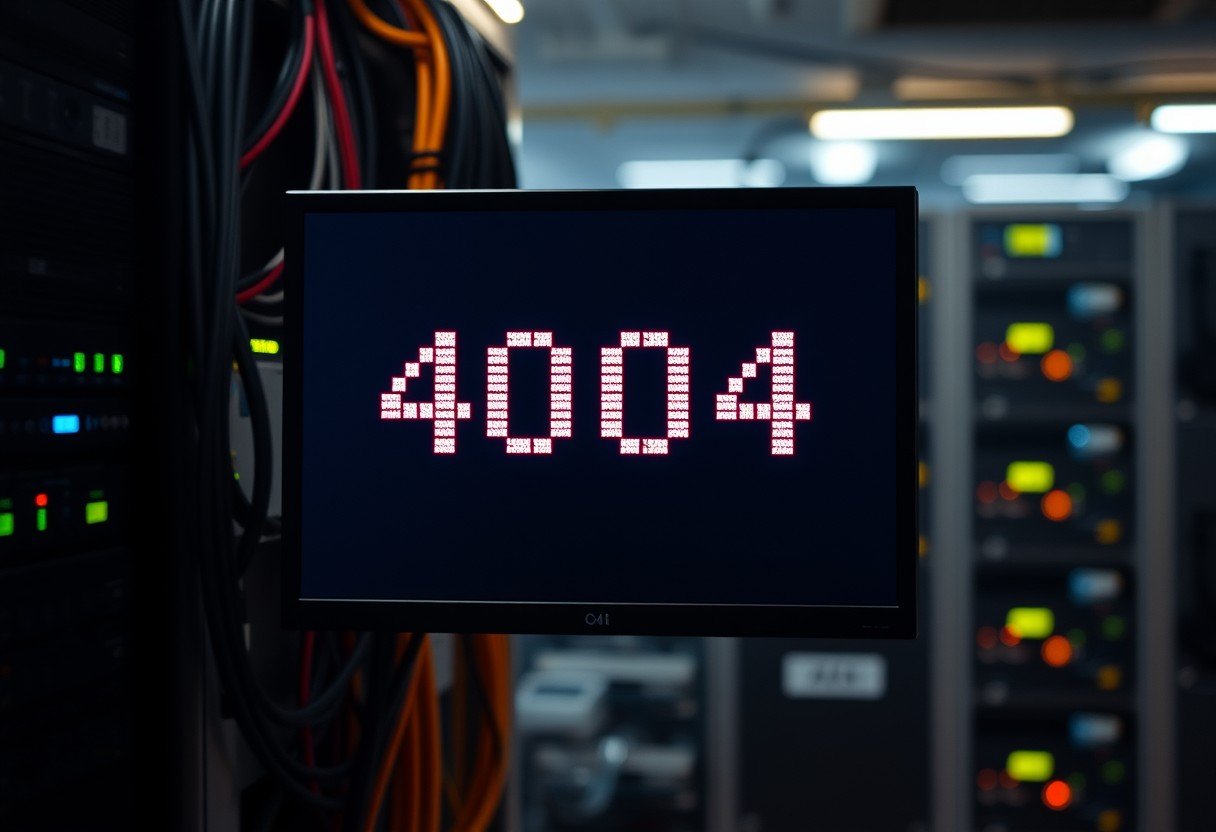


Leave a Comment